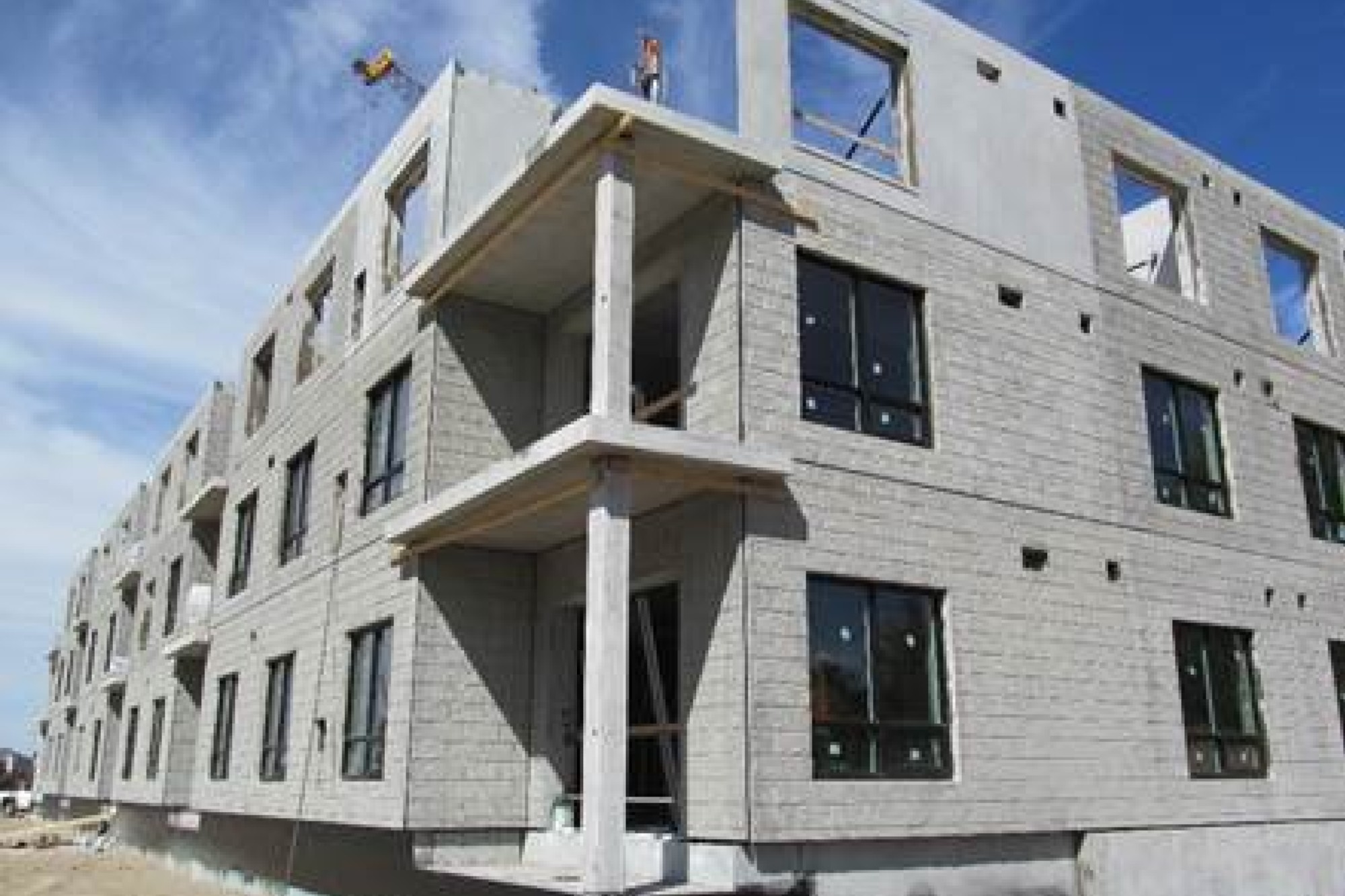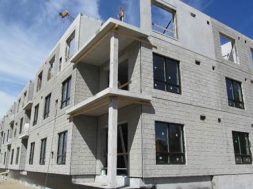
Global investments in infrastructure development projects are one of the main drivers of the precast concrete market’s expansion.
The precast concrete market has experienced notable growth in recent years because of the rapid expansion of the worldwide construction industry. Compared to traditional cast-in-situ concrete, precast concrete offers several advantages, such as greater quality control, faster construction schedules, and cost-effectiveness. It is manufactured off-site in a controlled environment, and because of the increased demand for environmentally friendly building materials as well as the emphasis on reducing labour costs and construction time, it is anticipated to see significant regional expansion.
According to a report by Persistence Market Research, governments and private sector organisations are spending a significant amount of money on the construction of transportation networks, residential buildings, commercial complexes, and industrial facilities, which is fueling the demand for precast concrete products. Furthermore, the need for quick construction solutions is being driven by population growth and the increasing urbanisation of emerging economies. A workable answer is provided by precast concrete, which facilitates quicker project completion, reduces environmental disturbances, and improves overall construction efficiency.
Additionally, advances in technology have revolutionised the precast concrete manufacturing process, yielding more creative and productive products. Thanks to current technology like 3D printing and digital modelling, producers can now make complex precast concrete components with accuracy and consistency, expanding the scope of applications across various construction segments.
Because of the increased emphasis on sustainable construction methods and ecologically friendly building techniques, precast concrete solutions have also grown in popularity. Precast concrete is inherently more environmentally friendly than conventional building methods since it requires less energy, generates less waste during manufacture, and emits less carbon emissions. As environmental regulations tighten, precast concrete is one of the sustainable building materials that is expected to witness a rapid increase in demand.
Due to several causes, including growing urbanisation, infrastructure development, and the need for environmentally friendly building materials, the precast concrete market is still expanding rapidly. Precast concrete products are becoming more widely used worldwide in the commercial, industrial, and residential sectors, demonstrating the market’s upward trend.
One of precast concrete’s key advantages is its ability to satisfy the increasing need for fast and reasonably priced construction solutions. Precast concrete offers reduced labour costs and a faster project completion time than traditional on-site construction methods. Since timely delivery is crucial, this benefit is especially notable in places where urban expansion and infrastructure are growing quickly.
Furthermore, the market for precast concrete is highly promising because of the growing emphasis on environmentally friendly building methods. Precast concrete products are well known for having a lower environmental impact, being more energy-efficient, and being more durable than traditional building materials. It is anticipated that demand for precast concrete solutions will rise significantly as the construction industry places a greater emphasis on sustainability.
Governments and regulatory bodies around the world are increasingly encouraging the use of environmentally friendly building materials, which is fostering a conducive environment for market growth.
There is more market potential due to the development of innovative technology in precast concrete production. Manufacturing processes are changing as a result of contemporary techniques like automation and 3D printing, which also increase productivity and reduce costs. This trend is likely to attract investments and teamwork within the precast concrete sector, which will foster innovation and open up new growth prospects.
Precast concrete also has a sizable market due to the surge in infrastructure projects, especially in developing nations. Because precast concrete products are dependable, long-lasting, and reasonably priced, governments’ commitment to building expansive infrastructure, like public buildings, bridges, and roads, propels the demand for these items.
One important development in the precast concrete industry is the growing use of state-of-the-art technologies in production processes. Automation and digitalisation are now seen as essential components that raise manufacturing efficiency and accuracy. This design expedites the construction schedule and ensures higher quality standards. In addition, the construction industry is moving towards more environmentally friendly practices, which has led to a higher usage of recycled materials in the production of precast concrete. This environmentally friendly approach is consistent with the global push for sustainable building methods.
Another significant development is the expansion of the precast concrete market in emerging economies. Increased population, fast urbanisation, and government initiatives for infrastructure development in regions like Asia-Pacific and Latin America are driving demand for precast concrete. The building industry is shifting towards modular approaches, and precast concrete is necessary to finish projects faster and for less money.
The precast concrete market has various difficulties despite its many benefits. The initial high cost of establishing precast concrete production facilities is one major barrier. Smaller competitors in the sector may find it difficult to enter due to the capital-intensive nature of the industry. The supply of precast components to building sites raises additional concerns about logistical issues and transportation expenses, especially for large-scale projects located in remote areas.
Additional challenges in the precast concrete industry are standardisation and quality control. Ensuring compliance with international standards and maintaining consistent quality across numerous production batches requires strict protocol adherence and intensive monitoring. Any deviation in quality could worry stakeholders because it could jeopardise the buildings’ and infrastructure’s structural integrity.
The precast concrete industry has undergone significant recent modifications that show ongoing efforts to get past challenges and grab new chances. Advancements in technology are leading to a rise in stakeholder participation and overall project results. One instance is the application of Building Information Modelling (BIM) to the design and manufacturing of precast concrete. BIM reduces errors and increases efficiency by enabling better teamwork, communication, and visualisation.
Additionally, developments in material science are opening doors for the development of high-performing and sustainable precast concrete systems. To increase precast concrete products’ durability, strength, and environmental sustainability, new admixtures and additions are being released onto the market. These technologies contribute to market evolution by providing solutions that meet the increasing demands for sustainability and performance in building projects.
For more info visit: https://www.persistencemarketresearch.com/market-research/precast-concrete-market.asp
89
Cookie Consent
We use cookies to personalize your experience. By continuing to visit this website you agree to our Terms & Conditions, Privacy Policy and Cookie Policy.







